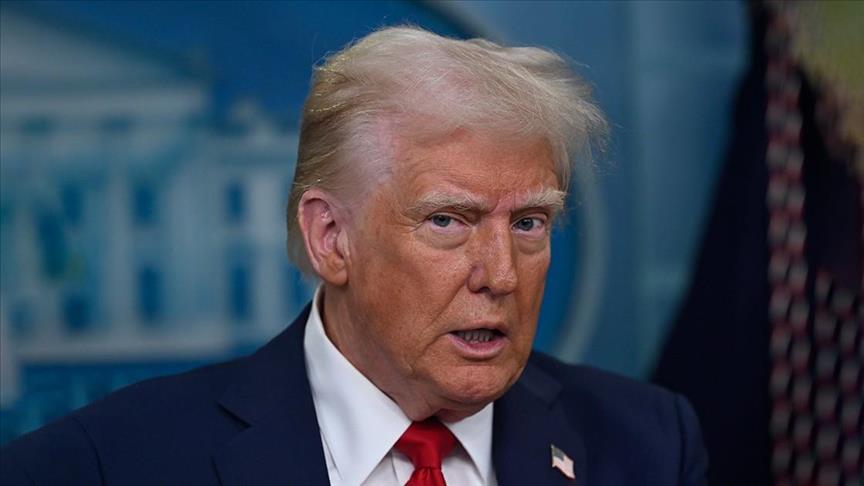Oil prices have declined for four consecutive weeks, dropping below $75 to reach their lowest level in three months, following US President Donald Trump’s new policies aimed at increasing fossil fuel production.
Prior to the uncertainty surrounding the new administration’s decisions, oil prices had risen to $81.75, testing their highest level since August 12, 2024, before closing the week starting January 13 at $79.87.
However, after Trump’s inauguration, the price of Brent crude fell 3% during the week of January 20, experiencing its largest drop in ten weeks. This drop was attributed to the signing of multiple executive orders aimed at increasing oil production and reducing prices.
West Texas Intermediate (WTI) crude also fell by 3.7%, closing at $74.38 on the same day.
The following week, oil prices continued their downward trend, driven by the Federal Reserve’s decision to keep interest rates steady and the US administration’s increased threats of tariffs on other countries, including China.
Consequently, Brent crude ended the week starting January 27 with a 1.2% drop, closing at $76.30, while WTI fell 1.3% to $73.40.
– Four-week downtrend
Following President Trump’s Feb. 7 announcement that sanctions would be imposed on international networks due to the facilitation of Iranian crude oil shipments to China, oil prices briefly spiked amid concerns over supply. However, this increase was not enough to prevent prices from closing lower than the previous week.
In the week beginning February 3, amid statements from the US administration signaling a ‘strong dollar’ policy and a temporary suspension of tariffs on Canada and Mexico, Brent crude dropped 2.3%, closing at $74.53, while WTI fell 3.5%, marking its lowest level in six weeks.
The subsequent week saw oil prices slightly recover due to optimism about the Chinese economy, stock market rebounds, and speculation that Venezuela might be Trump’s next target. However, the four-week consecutive decline of both Brent and WTI persisted after Trump’s meeting with Russian President Vladimir Putin on Wednesday, which was viewed as an attempt to resolve the Russia-Ukraine conflict.
Thus, in the week starting Feb. 10, Brent crude reached $77.02, but still ended the week 0.2% lower at $74.40, marking its lowest point since December 2024. WTI also lost 0.2%, closing at $70.71.
– No sustained increase expected
The recent uptick in oil prices was expected after prolonged low levels and positive economic data from China, alongside Trump’s administration’s policies, Homayoun Falakshahi, a senior oil analyst at Kpler, told Anadolu.
However, Falakshahi cautioned that this price increase would not be long-lasting.
‘I don’t think there’s scope for the increase to continue for long, fundamentals remain pretty dull in this market and there’s a lot of refinery capacity that will go offline for maintenance in Europe and Asia over the next 3 months, so the physical market will also weigh on prices at some point,” he said.
He also noted that prices could rise if OPEC+ delays its planned production increases beyond April, though he remained skeptical about Brent crude easily surpassing the $80-$85 per barrel range.
– Markets adopt ‘wait and see’ approach
Fereydoun Barkeshli, the president of the Vienna Energy Research Group, stated that the international oil market had remained weak since the second half of 2024, and explained that cautious market behavior toward Chinese demand had been a significant factor behind price movements.
“On the supply side OPEC+ group have shown solid determination to adhere to quotas. Iraq and Kazakhstan retreated from their earlier leakages. President Trump’s oil and energy policies sent mixed signals to the markets,” Barkeshli said.
Barkeshli also noted that while Trump’s withdrawal from the Paris Climate Agreement was viewed positively by major oil producers, his policies to increase US oil production are seen as a signal that more oil could flood the market in the coming months.
He concluded by stating that the market had adopted a ‘wait and see’ approach, adding, ‘As for the OPEC alliance, the OPEC Secretariat is vigilant to weigh if the ministers should hold back their plans to relax their production ceiling and quotas.”

